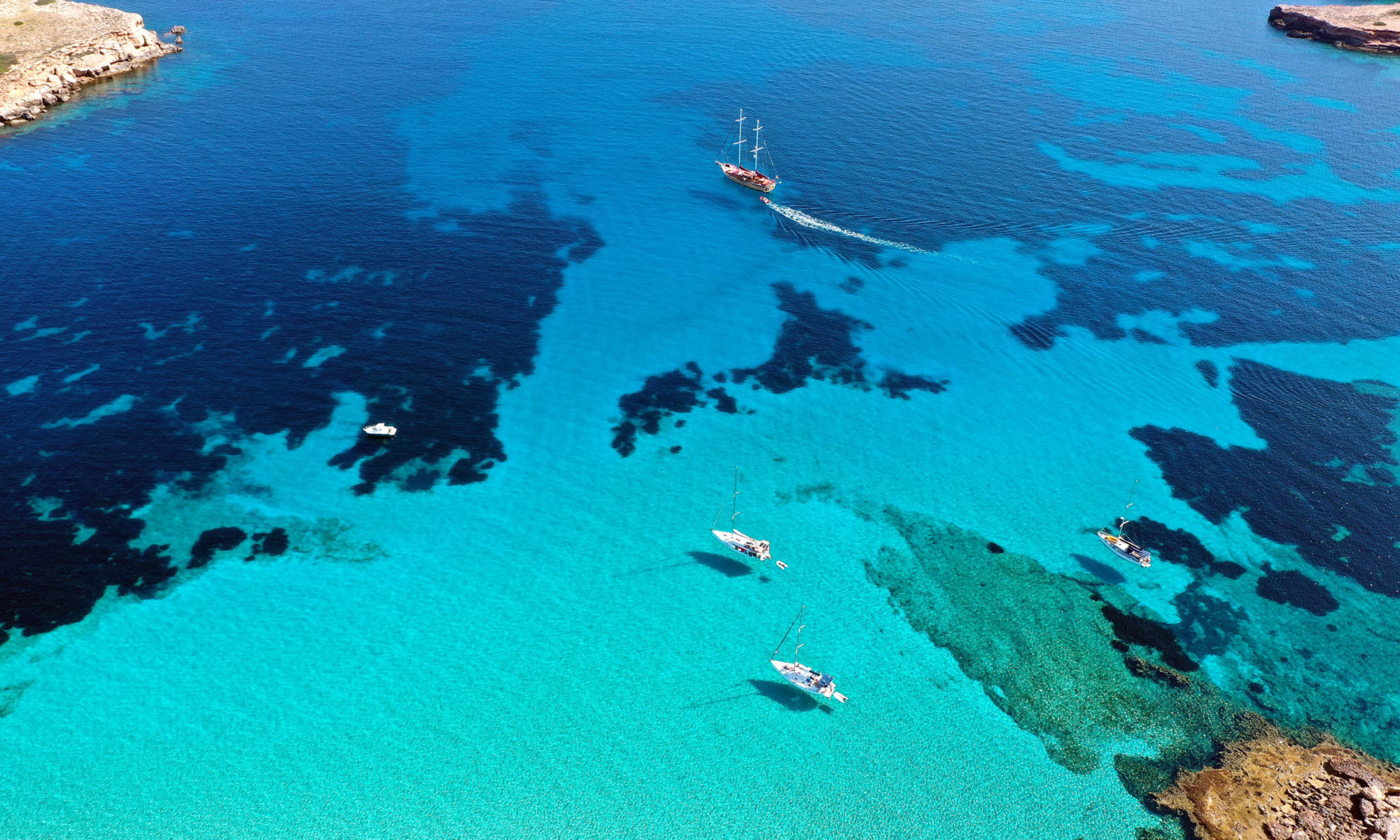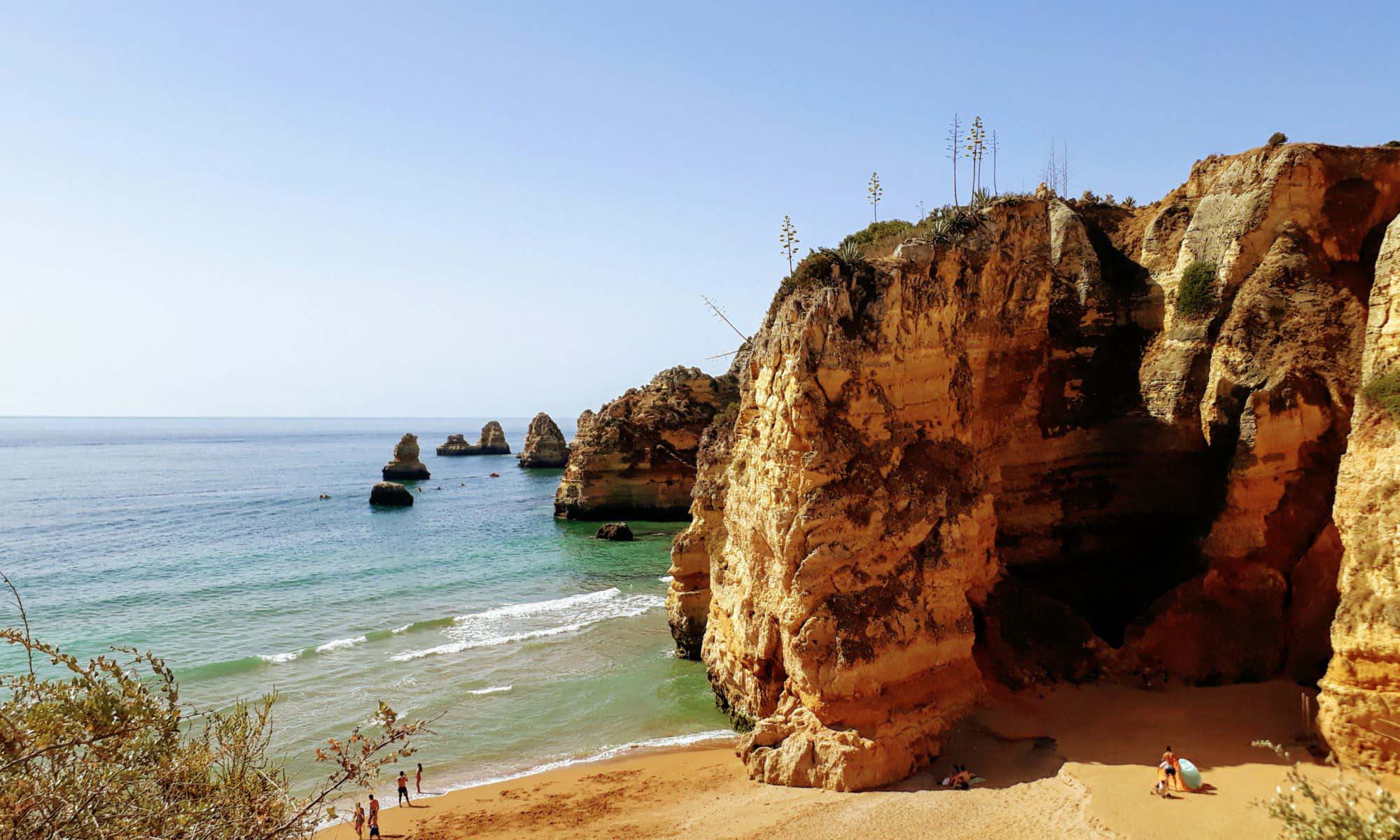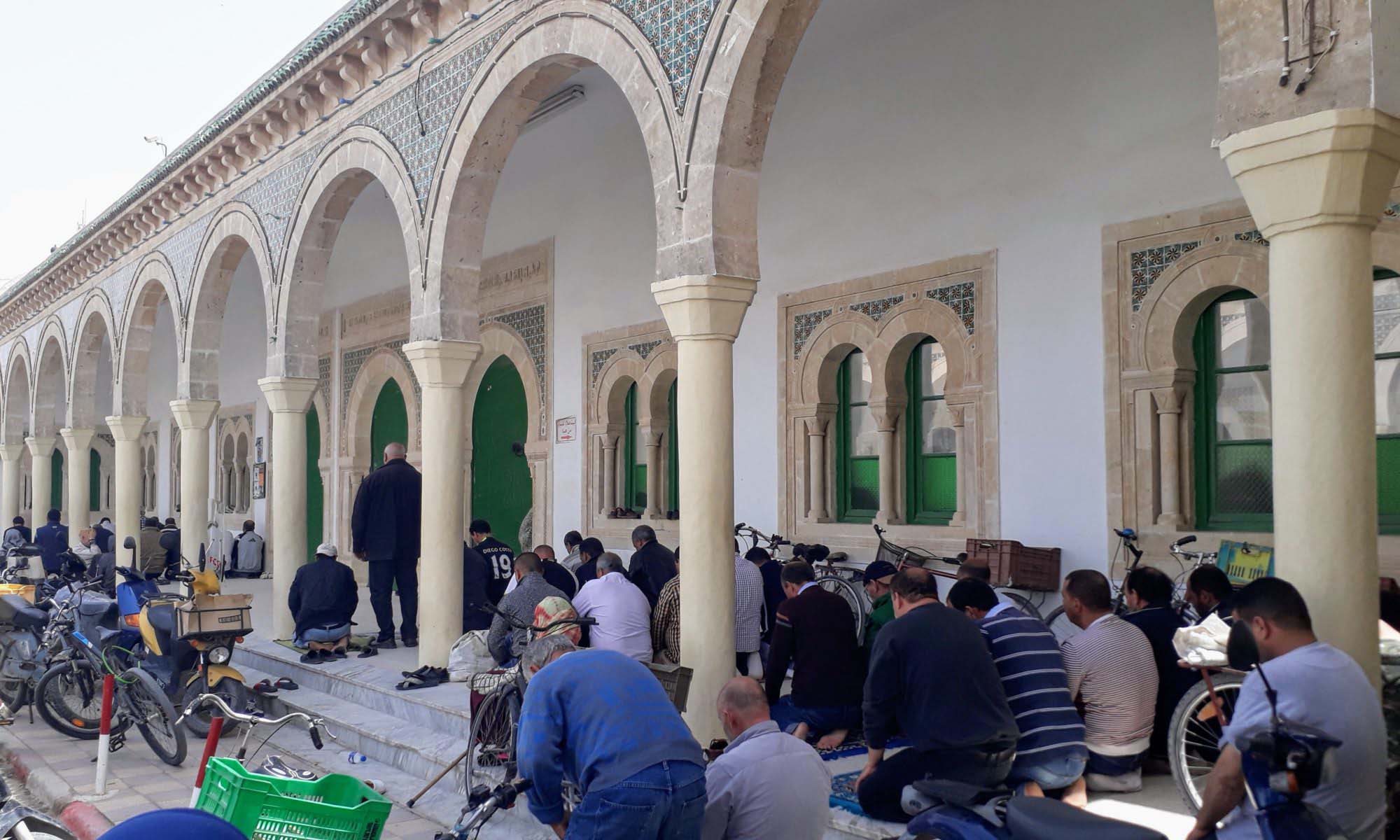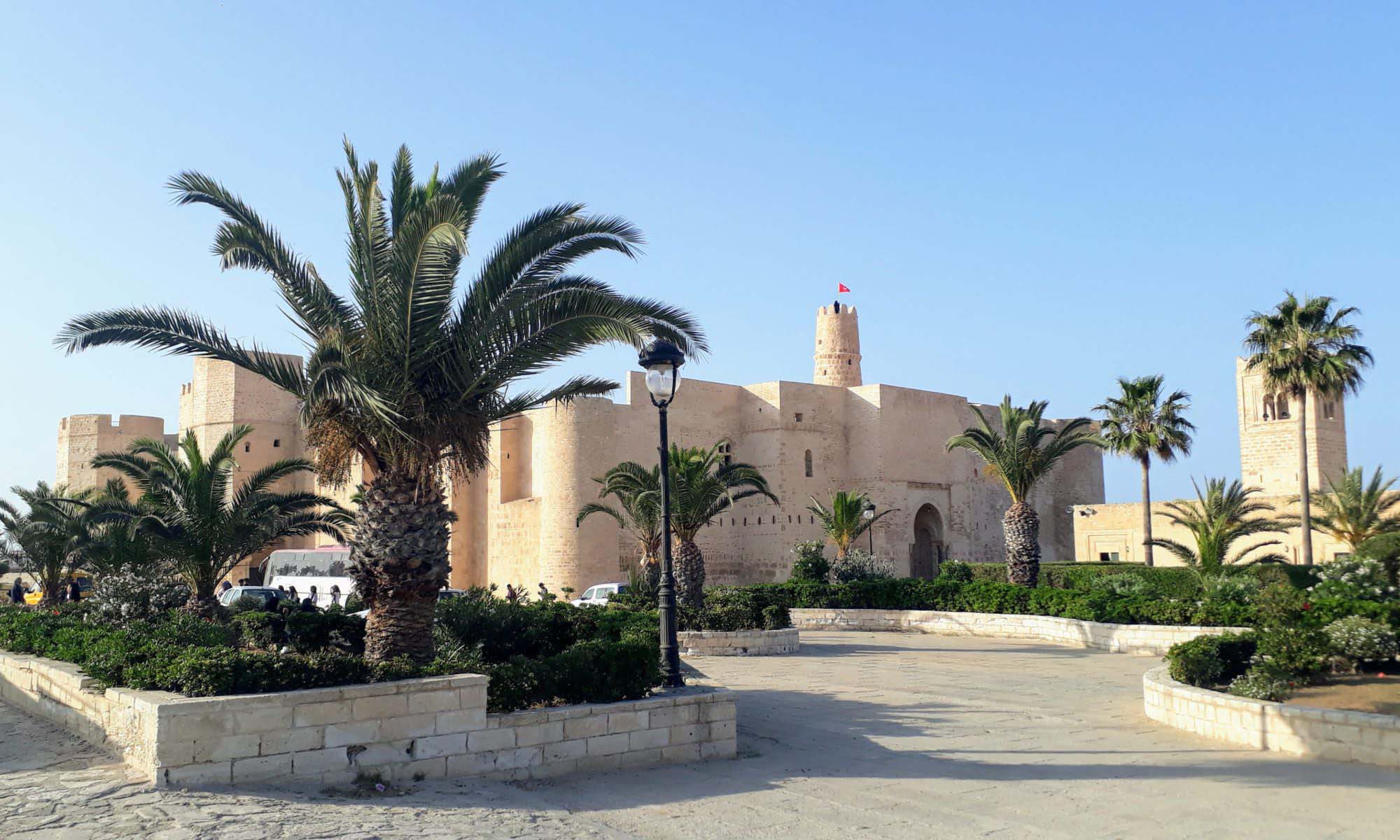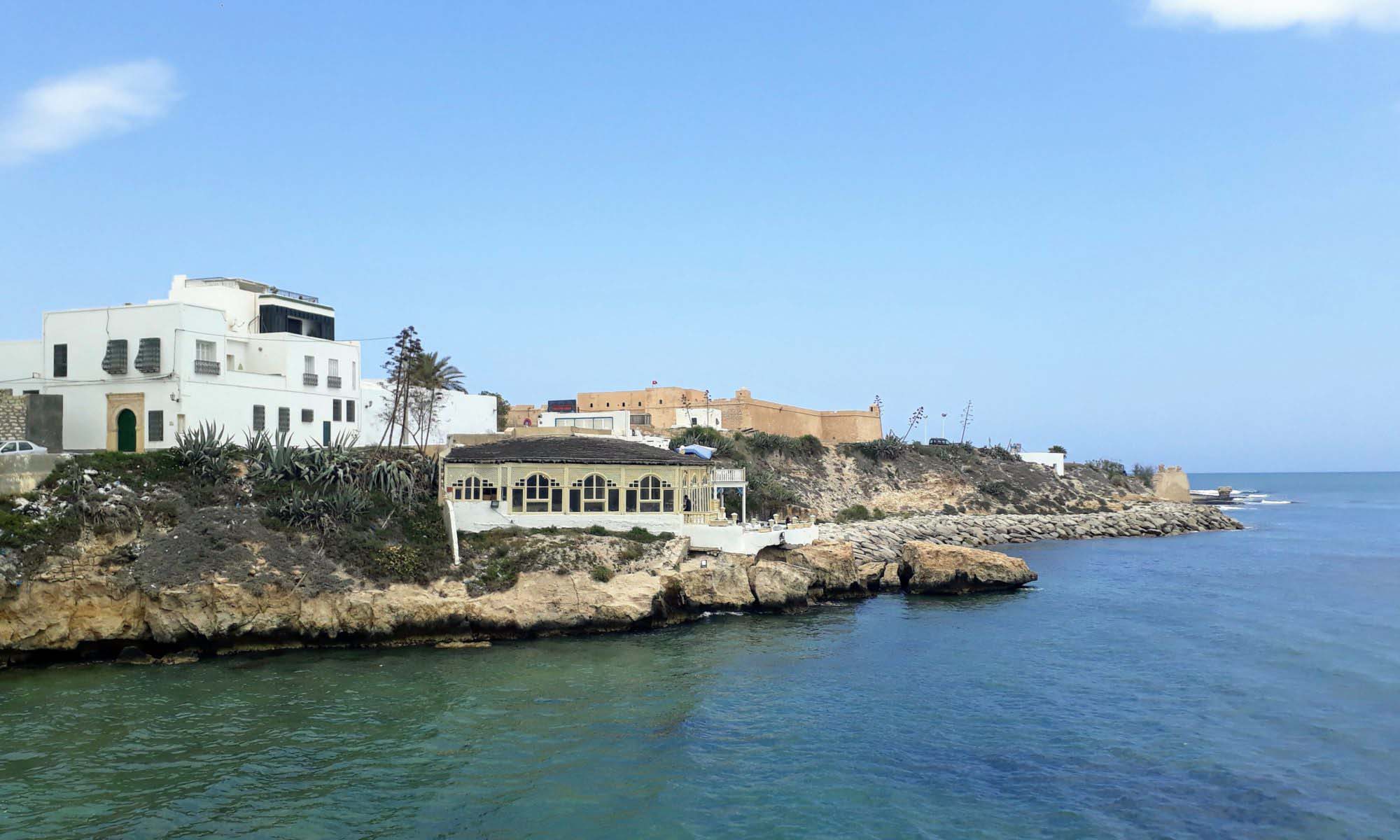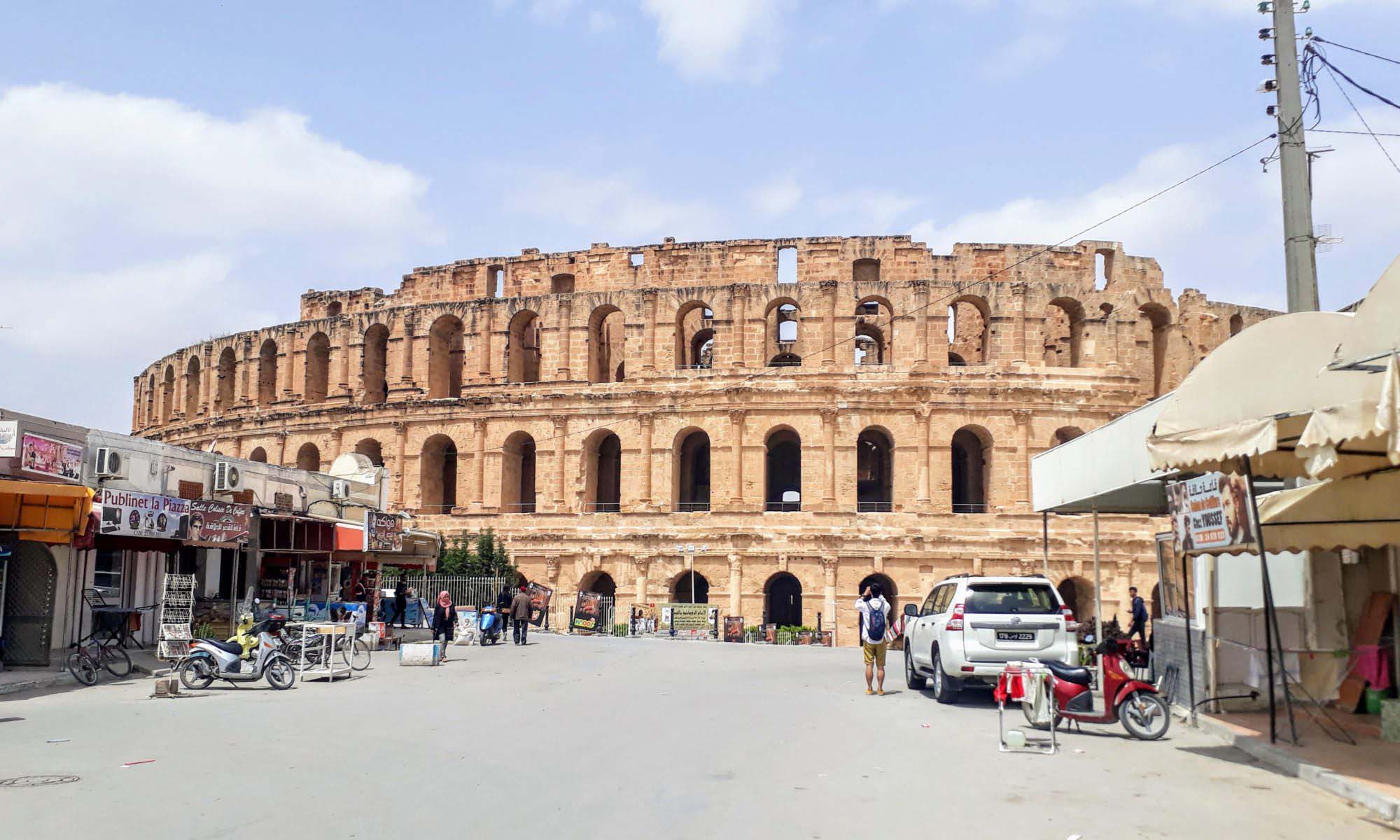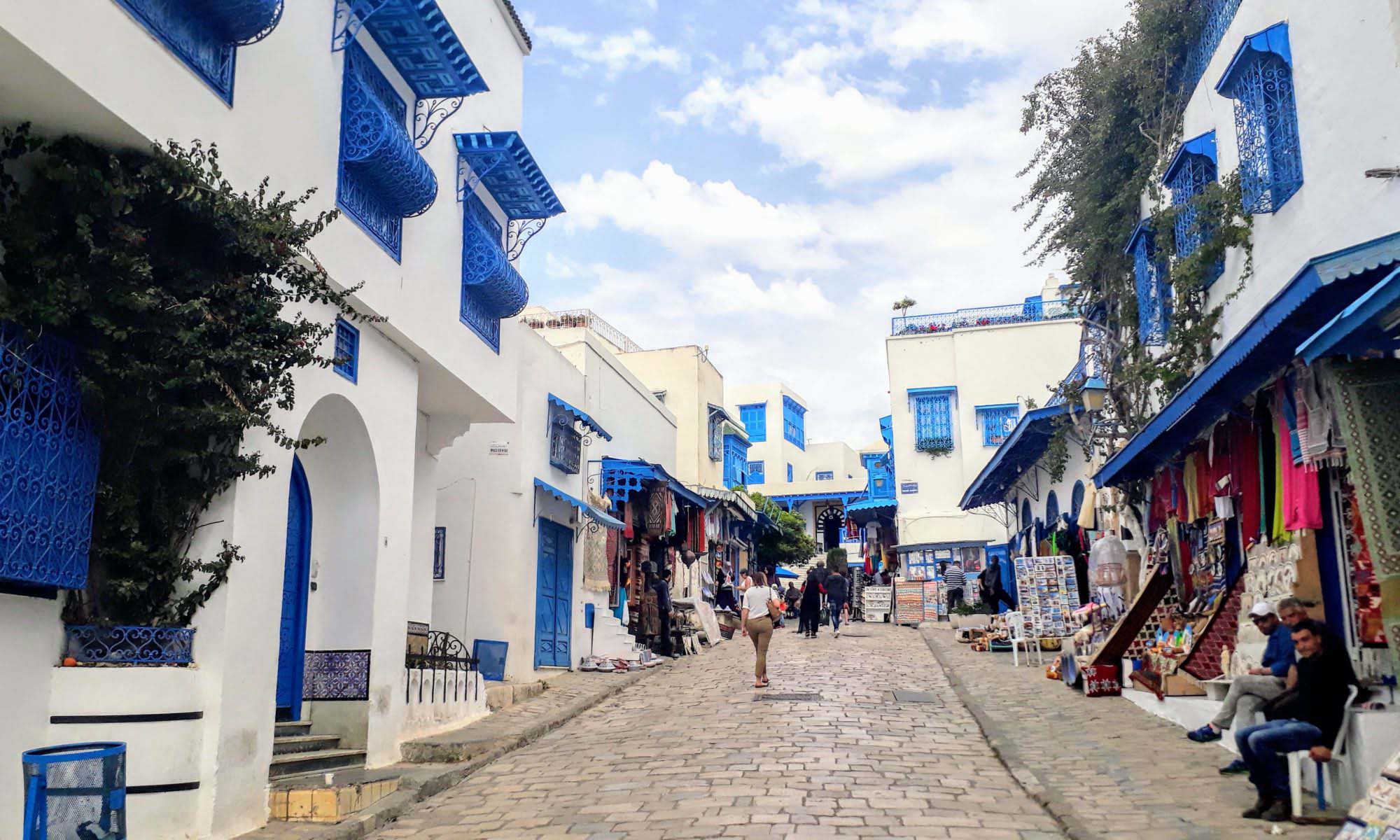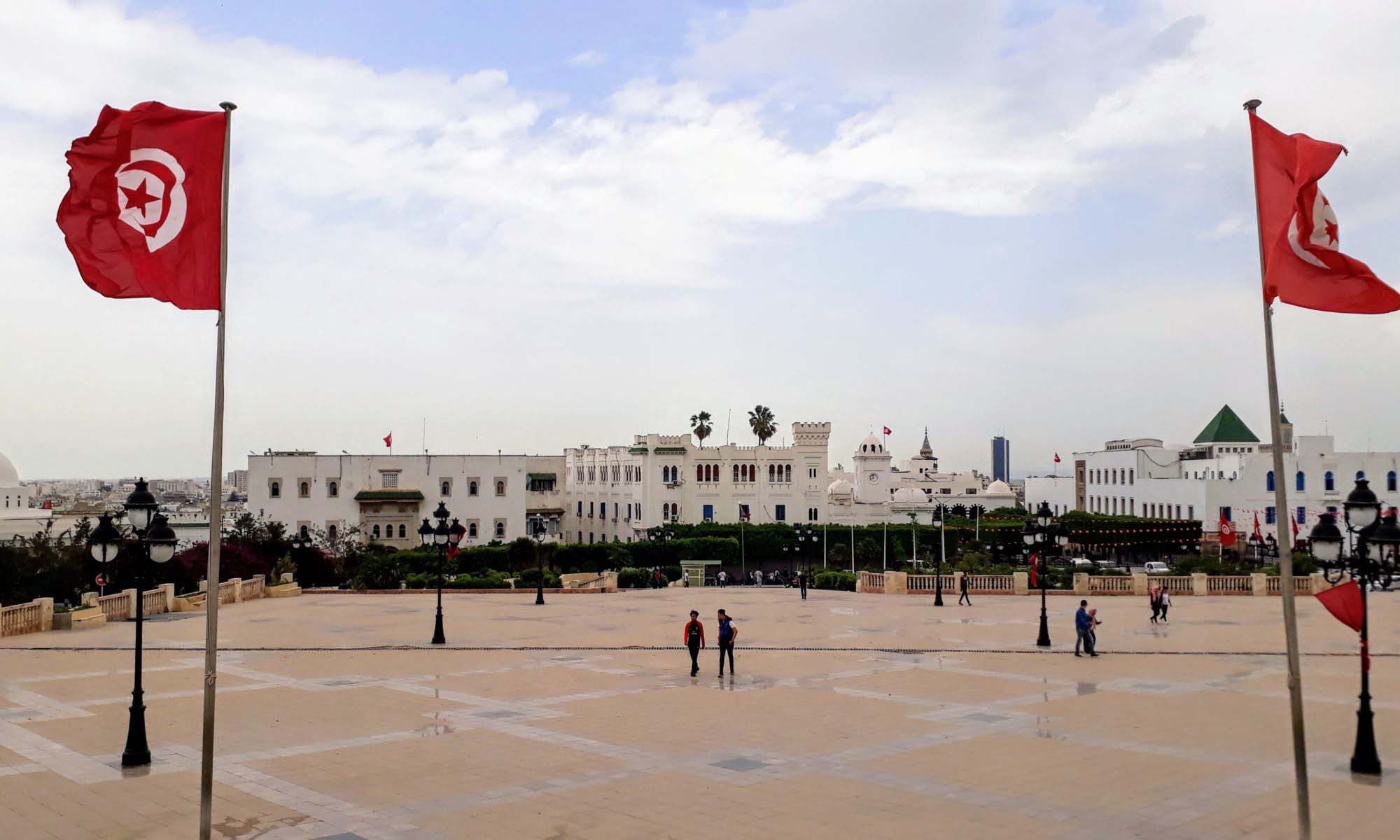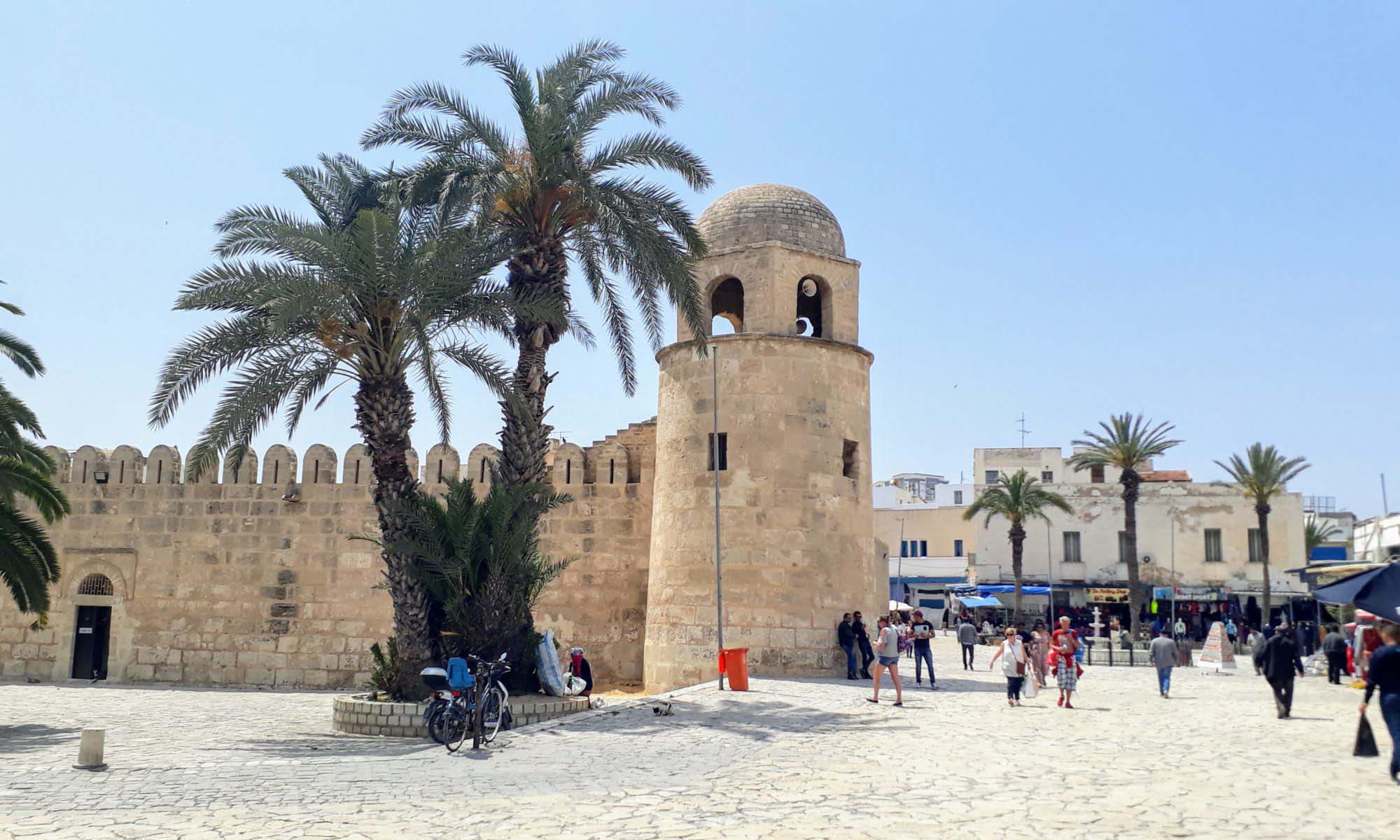Every now and then, someone in our travel group on Facebook asks for warm holiday destinations for the winter. Because while temperatures in Central Europe have already dropped to single-digit levels, elsewhere in the world it is still comfortably warm and the days are noticeably longer. And you don’t even have to travel far away – there are so many sun paradises awaiting you right around the corner! We’ll reveal our favorite winter destinations within and outside Europe. Continue reading “Where to go in Winter? 13 Sunny Destinations for Cold Days”
Tunisia: General Information & Tips
EVERYTHING YOU NEED TO KNOW
What language do they speak in Tunisia? In which currency do you pay? How do I get from A to B? And: Do I actually need a visa? These are questions that some probably ask before a trip to the northernmost country in Africa. We’ll answer them. Continue reading “Tunisia: General Information & Tips”
Monastir: Relaxed Resort with Significant Ribat
About 20 kilometers east of Sousse is the 93,306-inhabitant-sized coastal city of Monastir. At the end of the 8th century, the first ribat of North Africa was built here on the Mediterranean coast. The originally small fishing village has become a popular holiday resort. In addition to a long history Monastir is also known for its beautiful sandy beaches. It is also the birthplace of the first president of Tunisia, Habib Bourguiba. Continue reading “Monastir: Relaxed Resort with Significant Ribat”
Mahdia: Calm Coastal Town with a Long History
After the impressive Amphitheater of El Djem, we are back at the sea – in Mahdia. The Tunisian city of 60,000 inhabitants is the southern terminus of the light rail line Métro du Sahel, which winds 73 kilometers north along the Mediterranean coast via Monastir to Sousse. Today, the former capital has a special coastal flair. Continue reading “Mahdia: Calm Coastal Town with a Long History”
El Djem: Third Largest Amphitheater of the Roman Empire
The Amphitheater of El Djem (or El Jem) has been the setting of many movies. These include, for example, “Monty Python’s Life of Brian” and “Gladiator”. With a capacity of 35,000 spectators, it is the third largest amphitheater of the Roman Empire after the Colosseum of Rome and the Roman Amphitheater of Capua. The remains have been a UNESCO World Heritage Site since 1979. Continue reading “El Djem: Third Largest Amphitheater of the Roman Empire”
Sidi Bou Saïd: Blue-White Pearl on the Mediterranean
Even though Sidi Bou Saïd probably isn’t an insider tip anymore, the small town on Tunisia’s Mediterranean coast is still absolutely worth seeing. That’s because the whole village is kept in two colors. Whether church, shutters, awning, park bench or trash can: Simply everything is white and/or blue here. How the village was founded and how you get there, you will read here. Continue reading “Sidi Bou Saïd: Blue-White Pearl on the Mediterranean”
Tunis & Carthage: Capital and UNESCO Ruins
With 1,056,247 inhabitants, Tunis is not only Tunisia’s capital, but also by far the largest city in the country. But that’s not all: In the ranking of the most liveable cities it occupies the 1st place in North Africa. The Medina of Tunis from the 9th century has been a UNESCO World Heritage Site since 1979. Just like Carthage: Today, the former city of antiquity is a suburb of Tunis and attracts numerous tourists every year to its archaeological excavations. Continue reading “Tunis & Carthage: Capital and UNESCO Ruins”
Sousse: Beautiful Medina & Beaches
The third largest Tunisian town of Sousse is located on the Mediterranean Sea and is one of the country’s most famous tourist destinations, in particular for its beaches. With the Great Mosque, the ribat, the kasbah and one of the most original souks in Tunisia, the Medina of Sousse has been a UNESCO World Heritage Site since 1988. We spent a month in the port city and want to show you some of our impressions in this post. Continue reading “Sousse: Beautiful Medina & Beaches”
